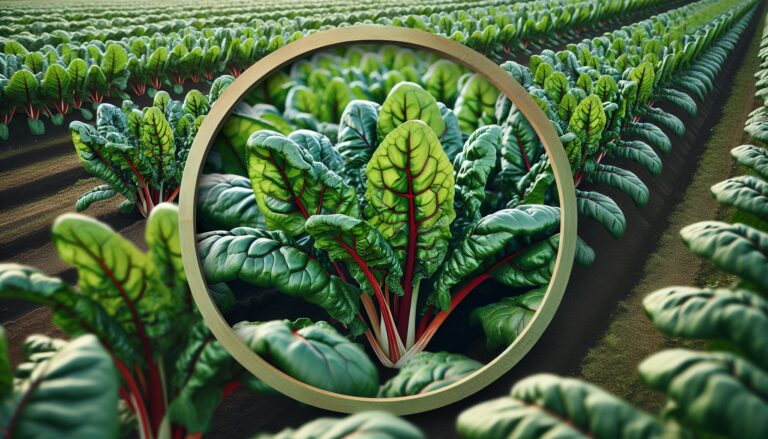Argomenti trattati
Understanding Swiss chard
Swiss chard, scientifically known as Beta vulgaris, is a member of the beet family and is celebrated for its vibrant leaves and colorful stems. This leafy green is not only visually appealing but also incredibly versatile in the kitchen. It can be enjoyed raw in salads, steamed, or stir-fried, making it a fantastic addition to any meal. One of the most appealing aspects of Swiss chard is its ease of cultivation; it thrives in various soil types and can withstand a range of temperatures, making it an excellent choice for novice gardeners.
Planting Swiss chard
To successfully grow Swiss chard, timing is crucial. Seeds can be sown directly into the garden about half an inch deep and spaced two inches apart in early spring or late summer. If you prefer starting seedlings indoors, transplant them outdoors after the last frost, ensuring they are spaced about four inches apart to minimize root disturbance. Swiss chard flourishes in full sun, requiring at least six to eight hours of sunlight daily. However, in hotter climates, providing some afternoon shade can help prevent leaf wilting.
Watering and fertilizing
Maintaining consistent moisture is essential for Swiss chard. Aim to provide one to two inches of water per week, adjusting based on your local climate and rainfall. Mulching around the plants can help retain soil moisture and regulate temperature. Additionally, if your soil lacks nutrients, consider applying a balanced garden fertilizer, such as a 10-10-10 mix, to promote healthy growth. Swiss chard is a resilient plant that can tolerate some heat and humidity, but it will not thrive without adequate moisture.
Harvesting Swiss chard
Swiss chard is ready for harvest in about 40 days, and you can start picking leaves at any time. For the best flavor, opt for young, tender leaves that can be eaten raw. If you prefer larger leaves for cooking, wait until they reach around 12 inches in length. When harvesting, remove the outer leaves first, using a sharp knife or garden shears, and continue to pick individual leaves to encourage new growth. Remember, both the leaves and stems are edible, adding a delightful crunch to your dishes.
Pest management and care
While Swiss chard is generally hardy, it can be susceptible to pests and diseases. Common issues include leaf miners and root-knot nematodes. To manage pests, remove infested leaves and maintain good garden hygiene. If you notice any fungal diseases, such as Cercospora leaf spot, promptly remove infected leaves to prevent spreading. Regularly inspect your plants and practice crop rotation to keep your garden healthy and productive.

